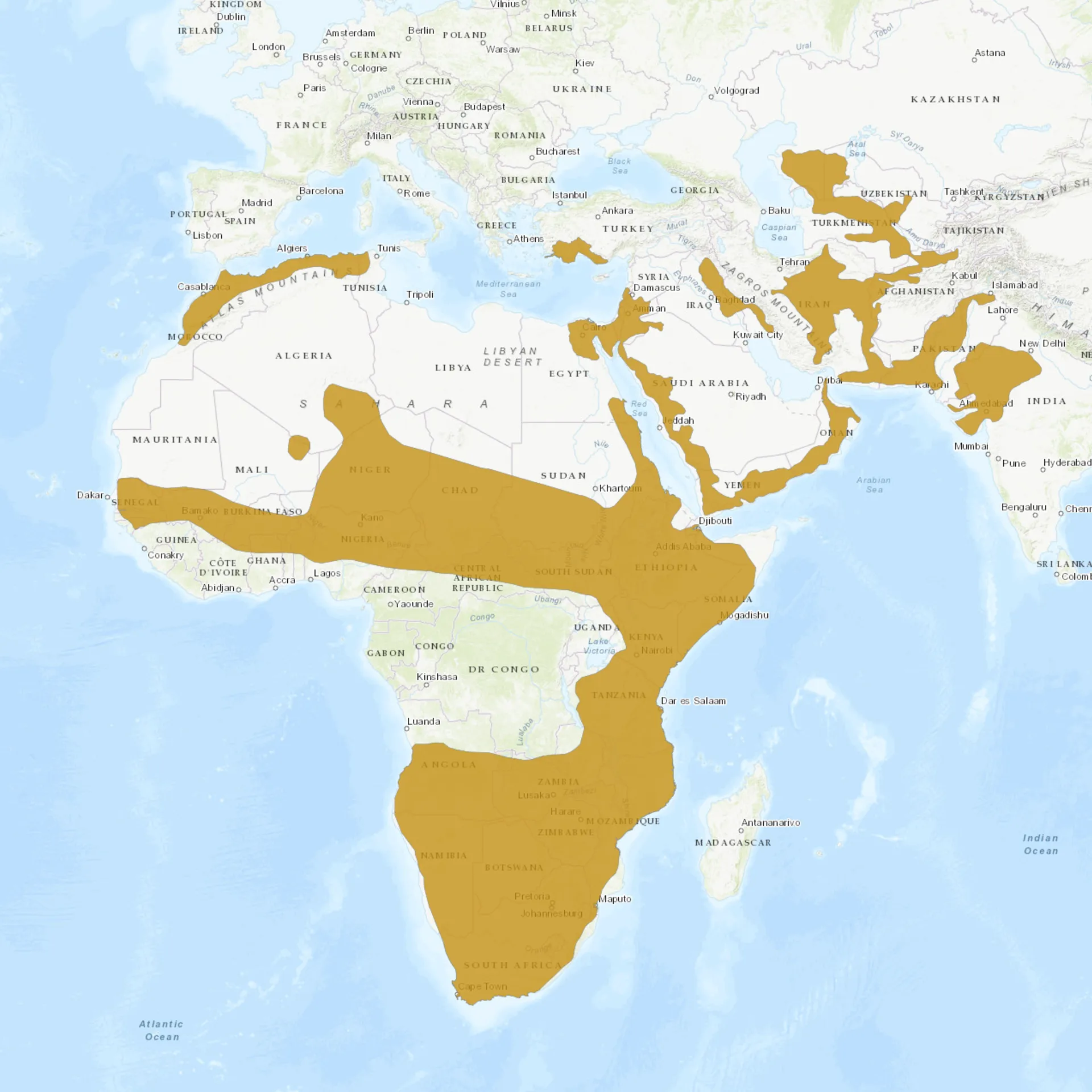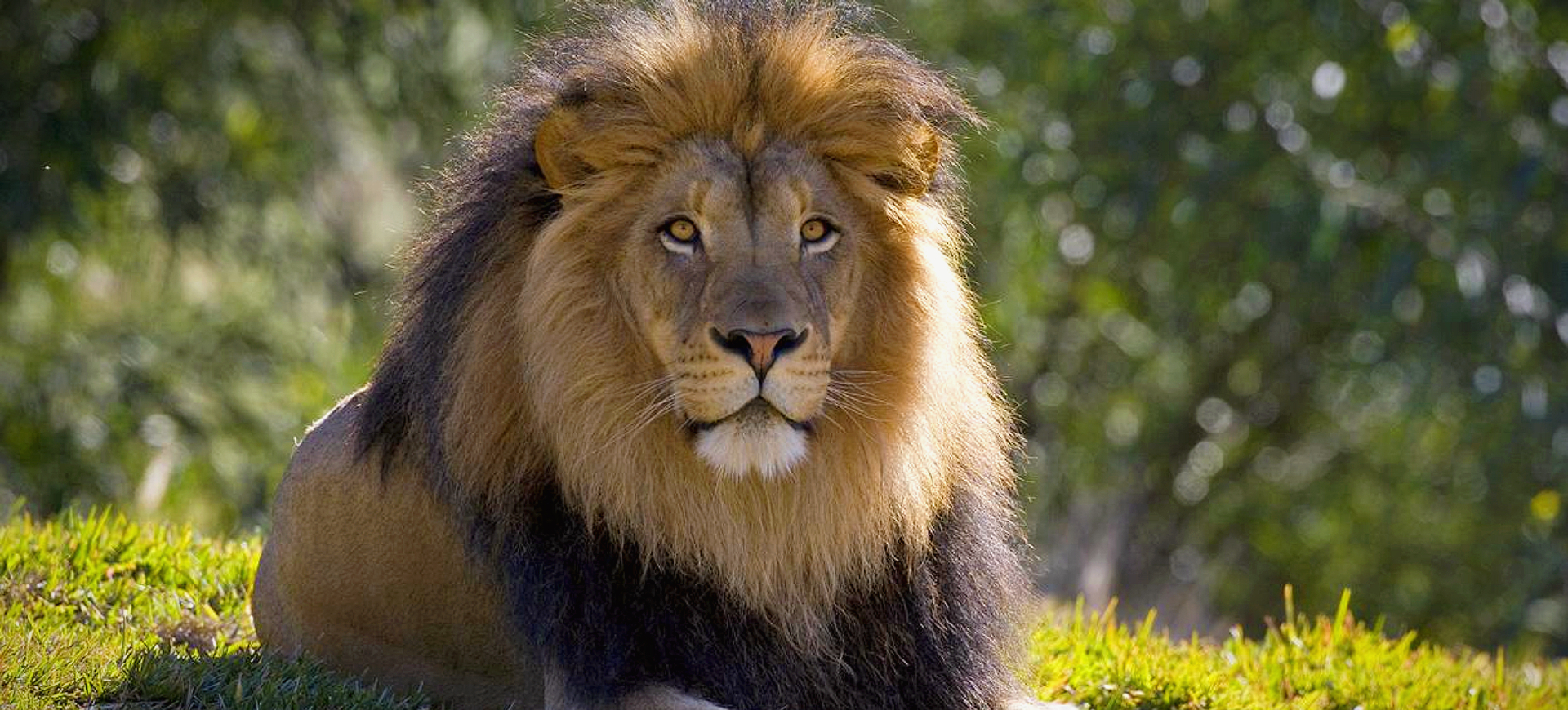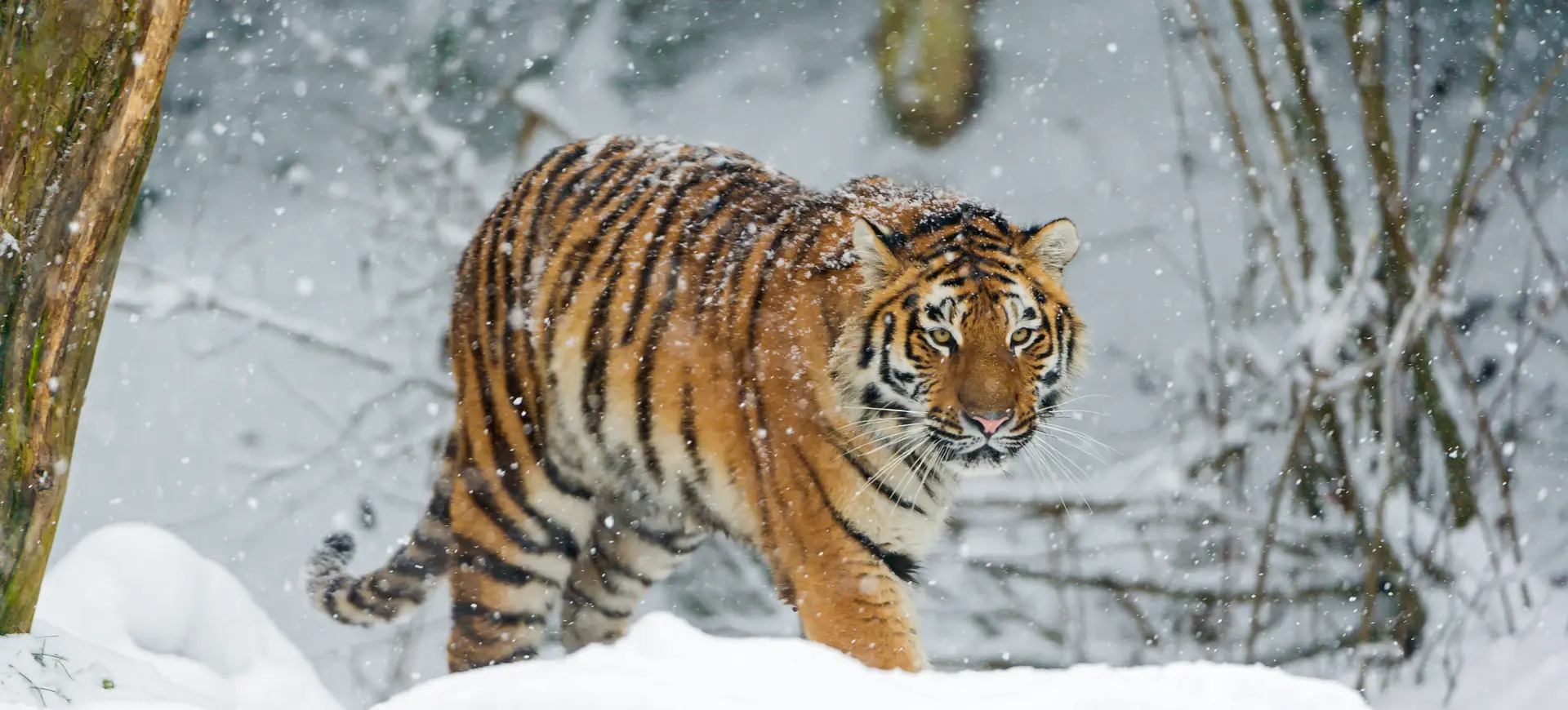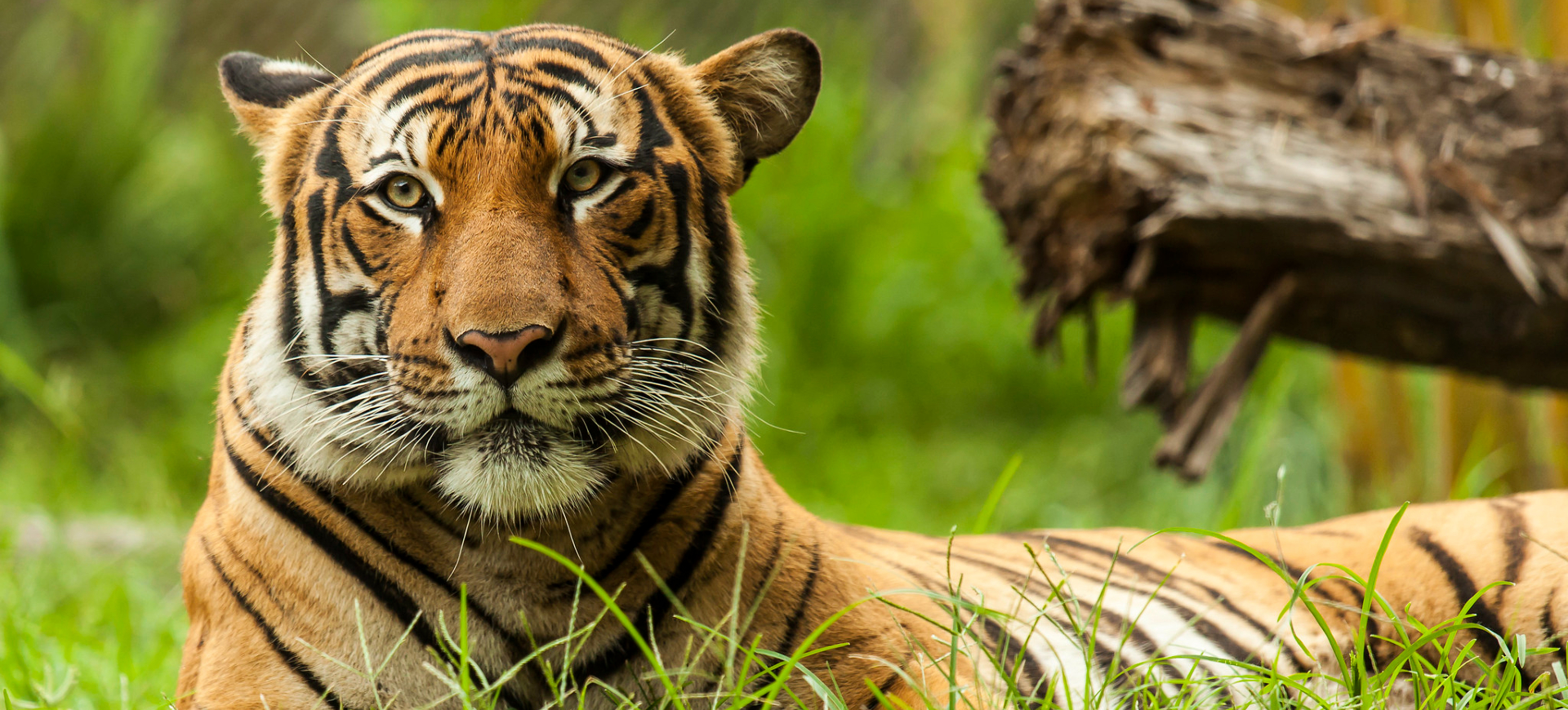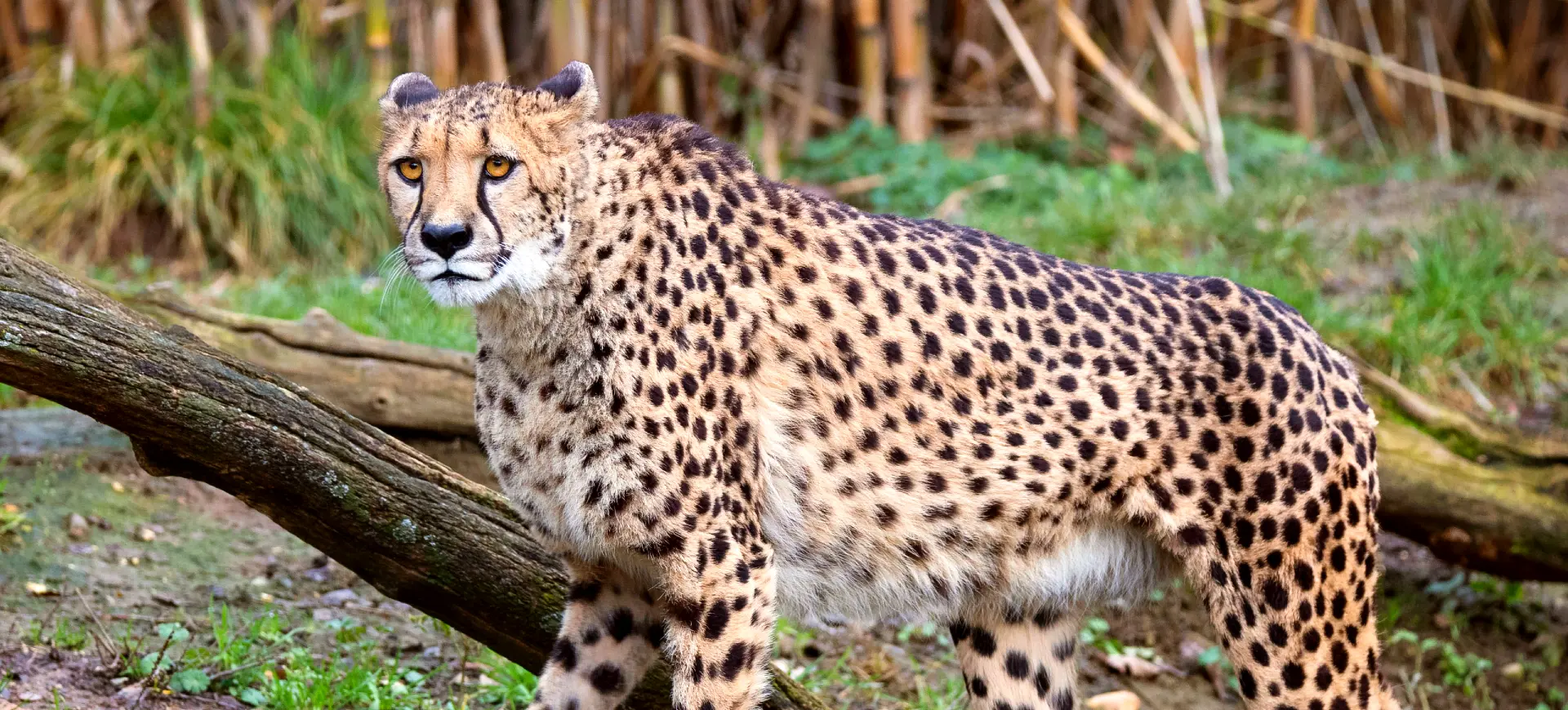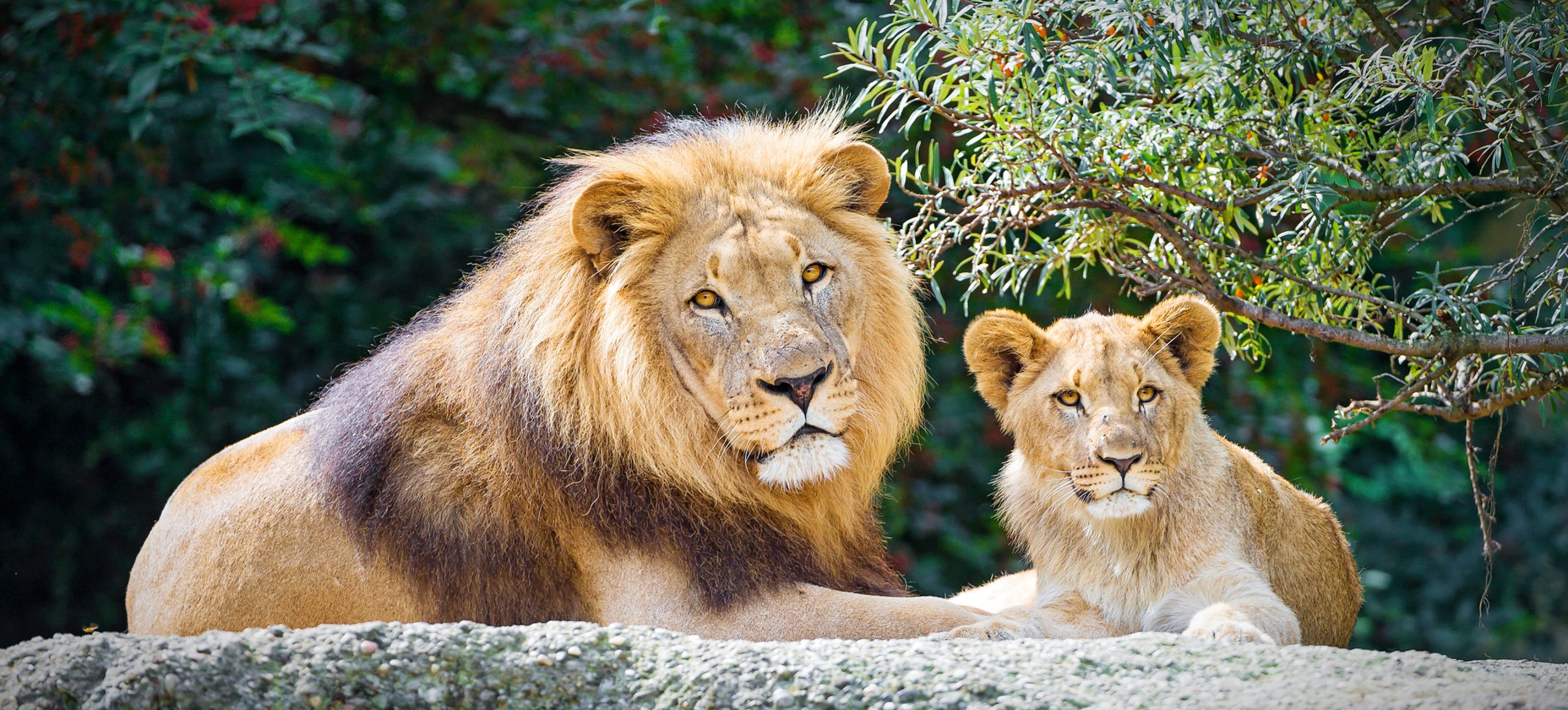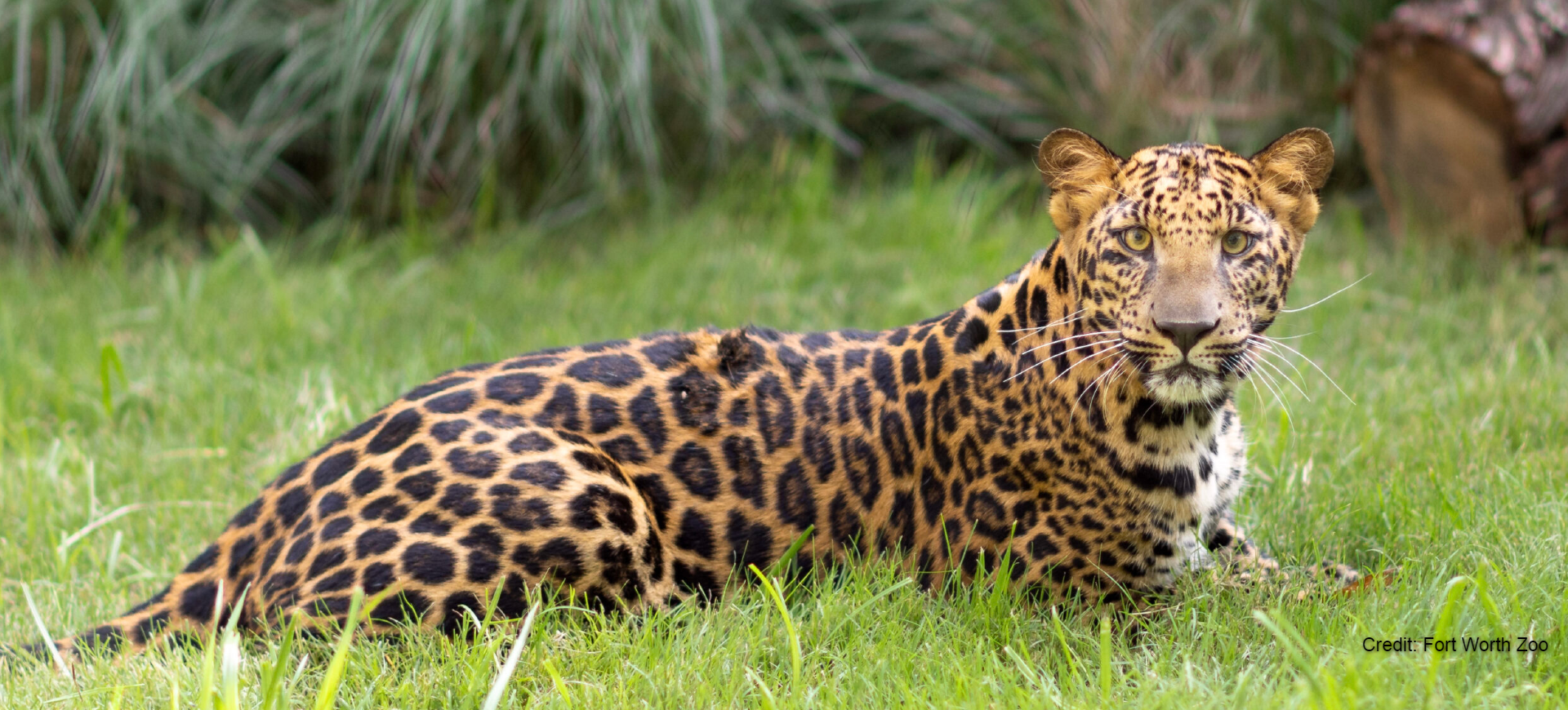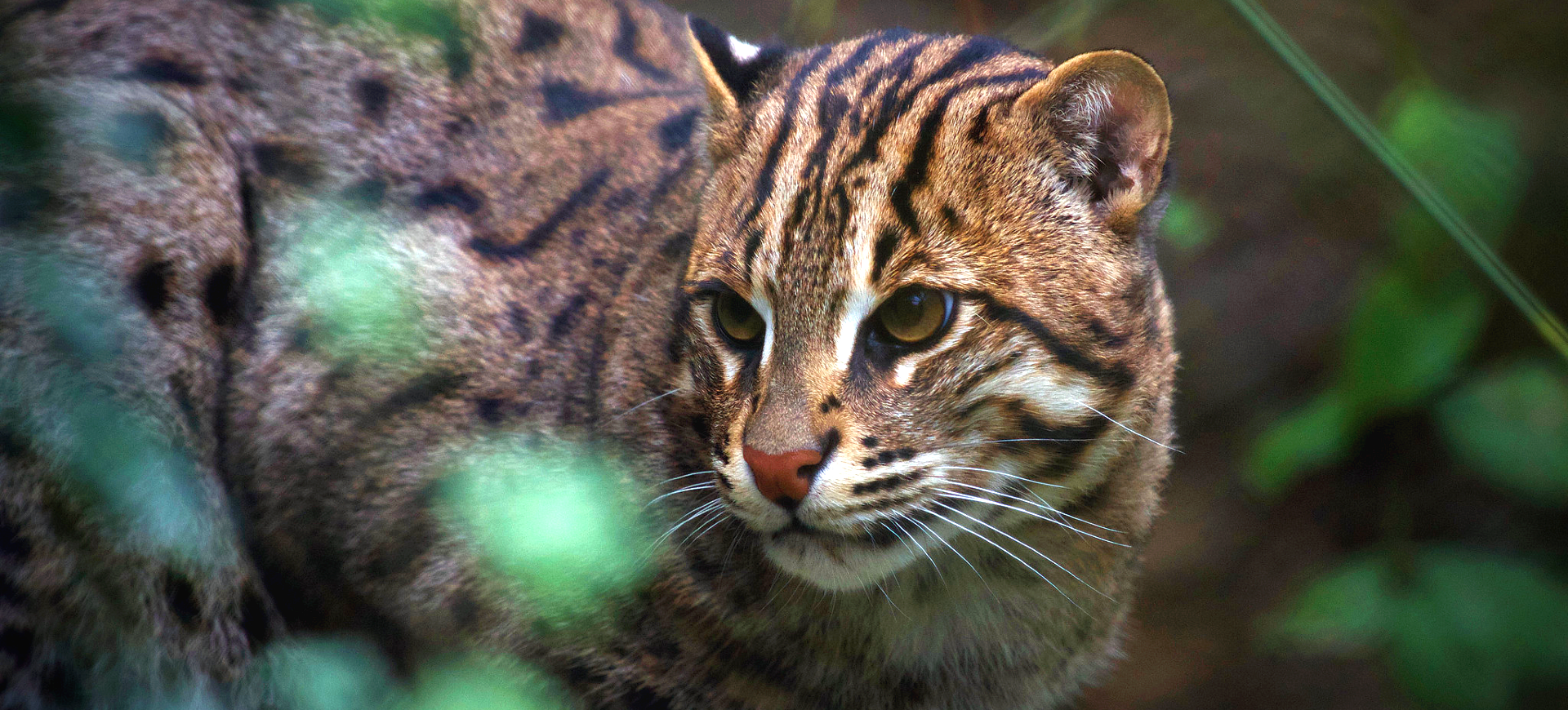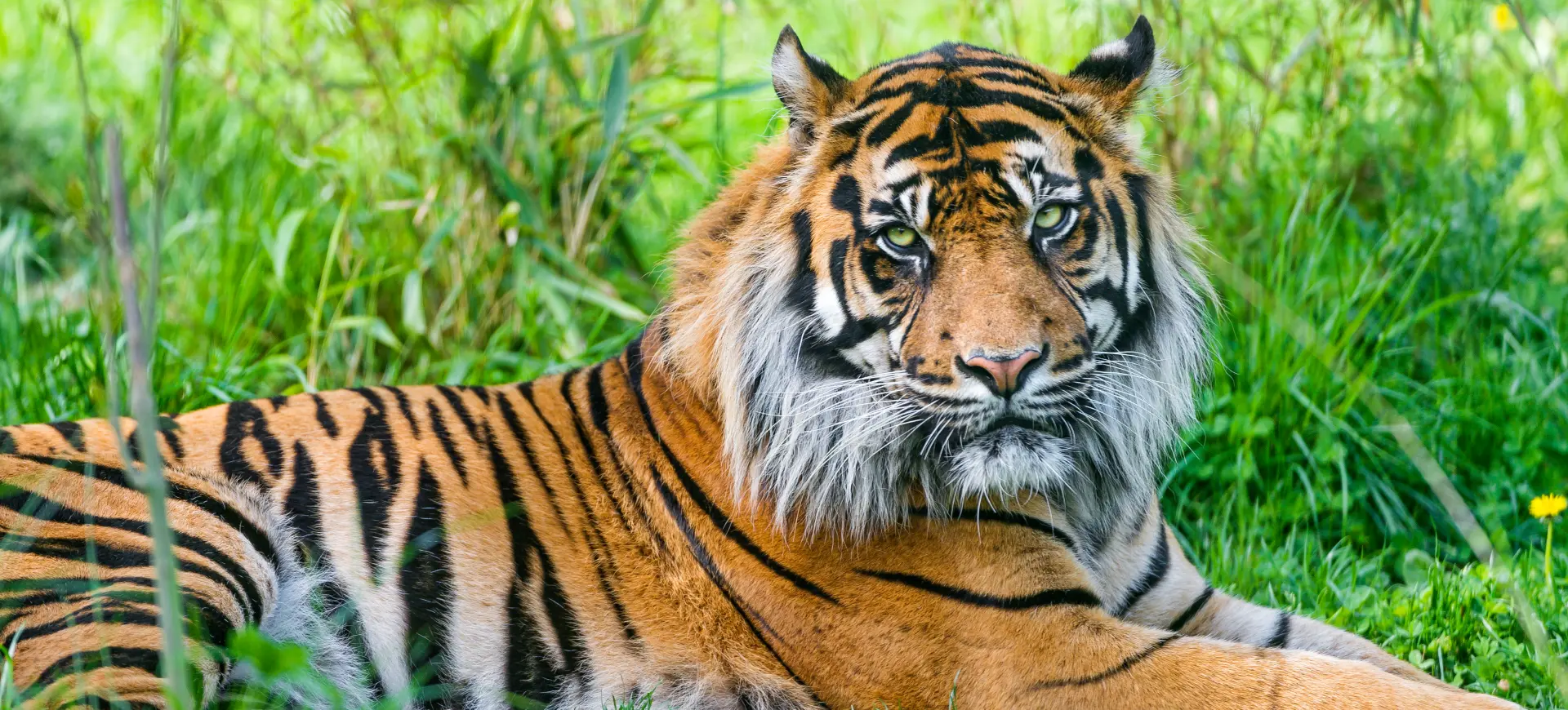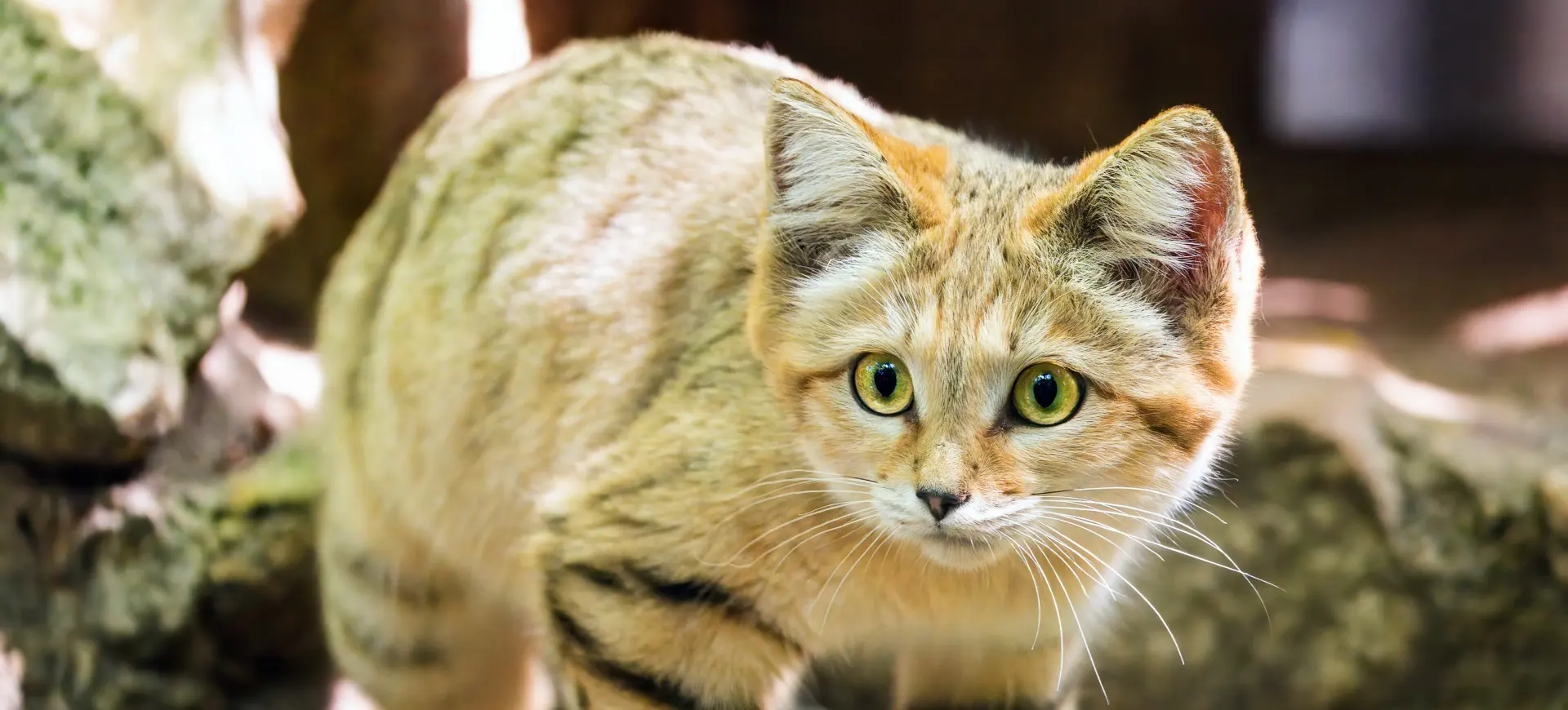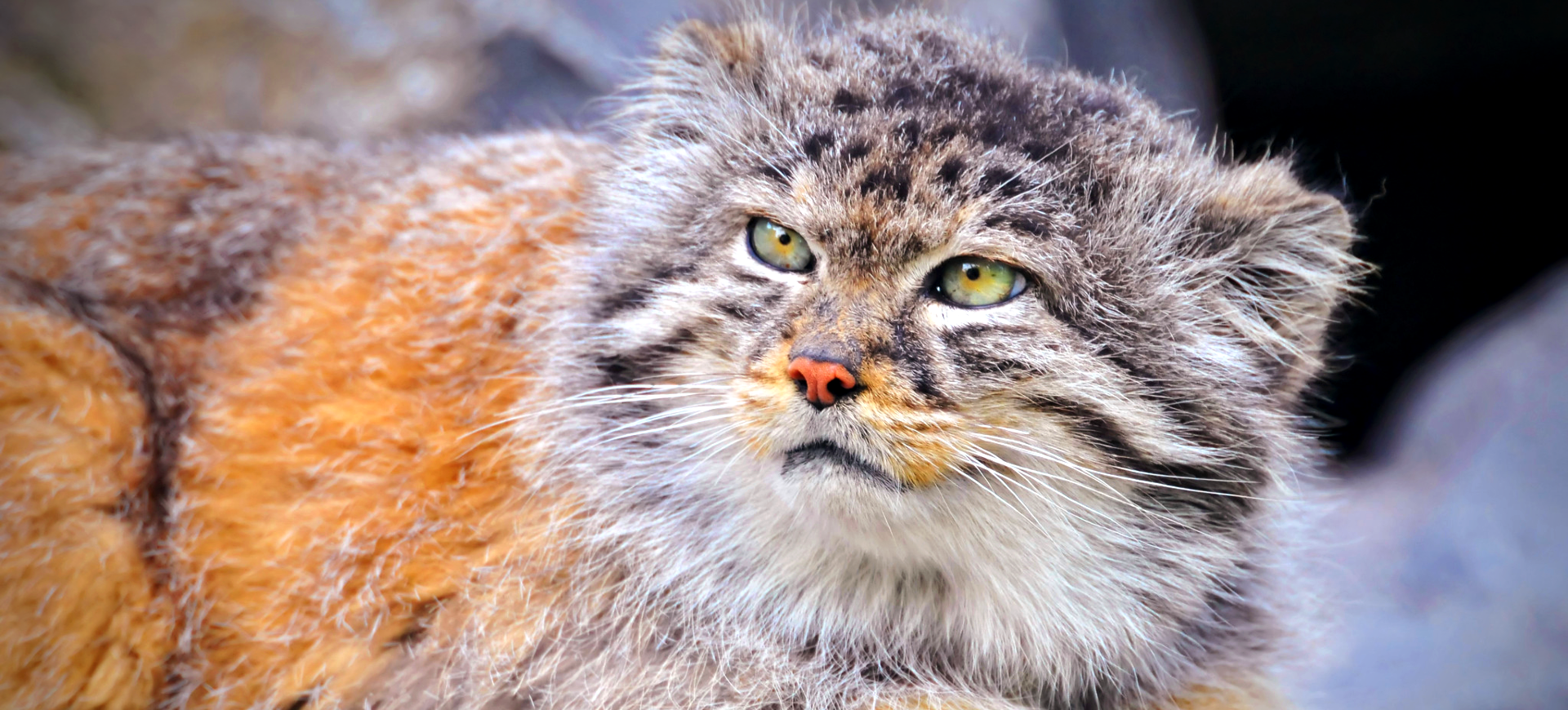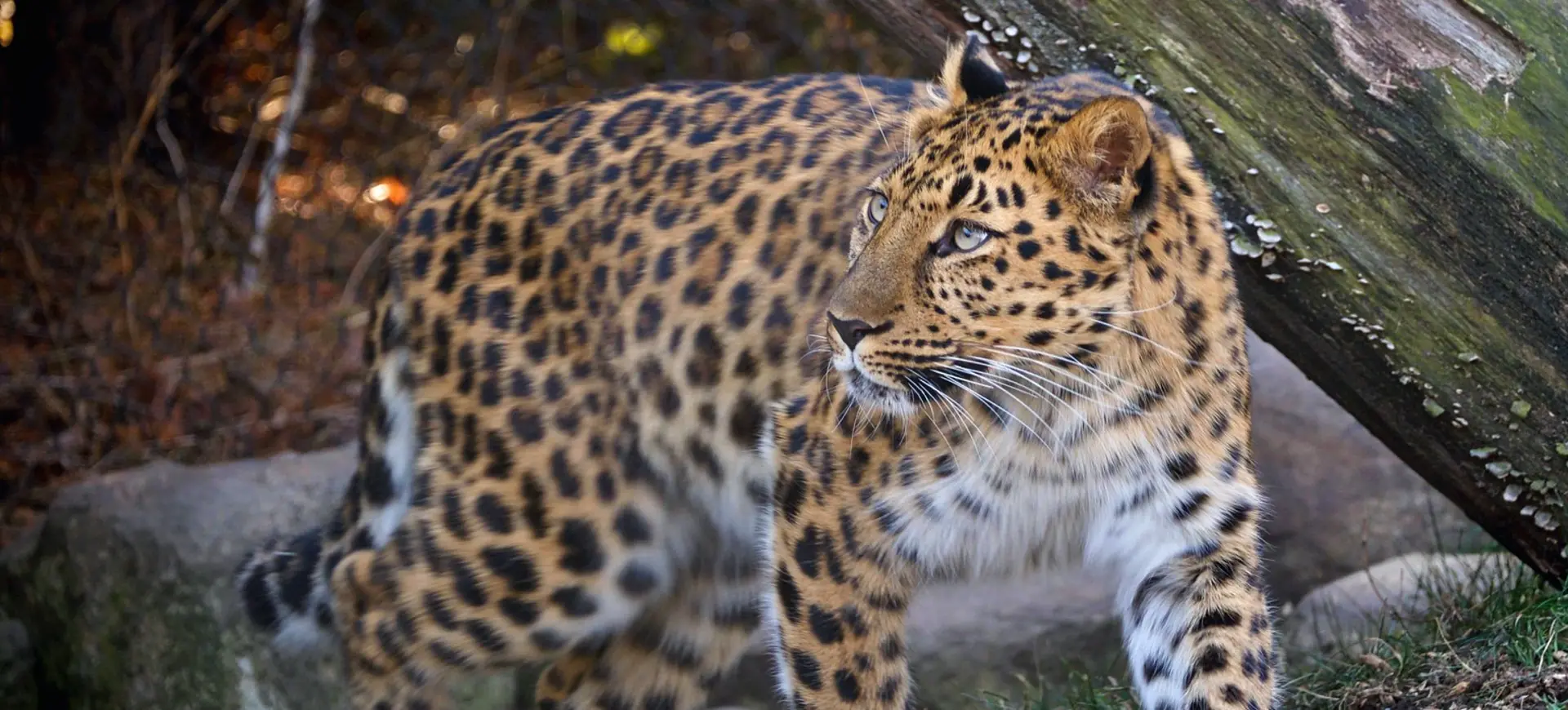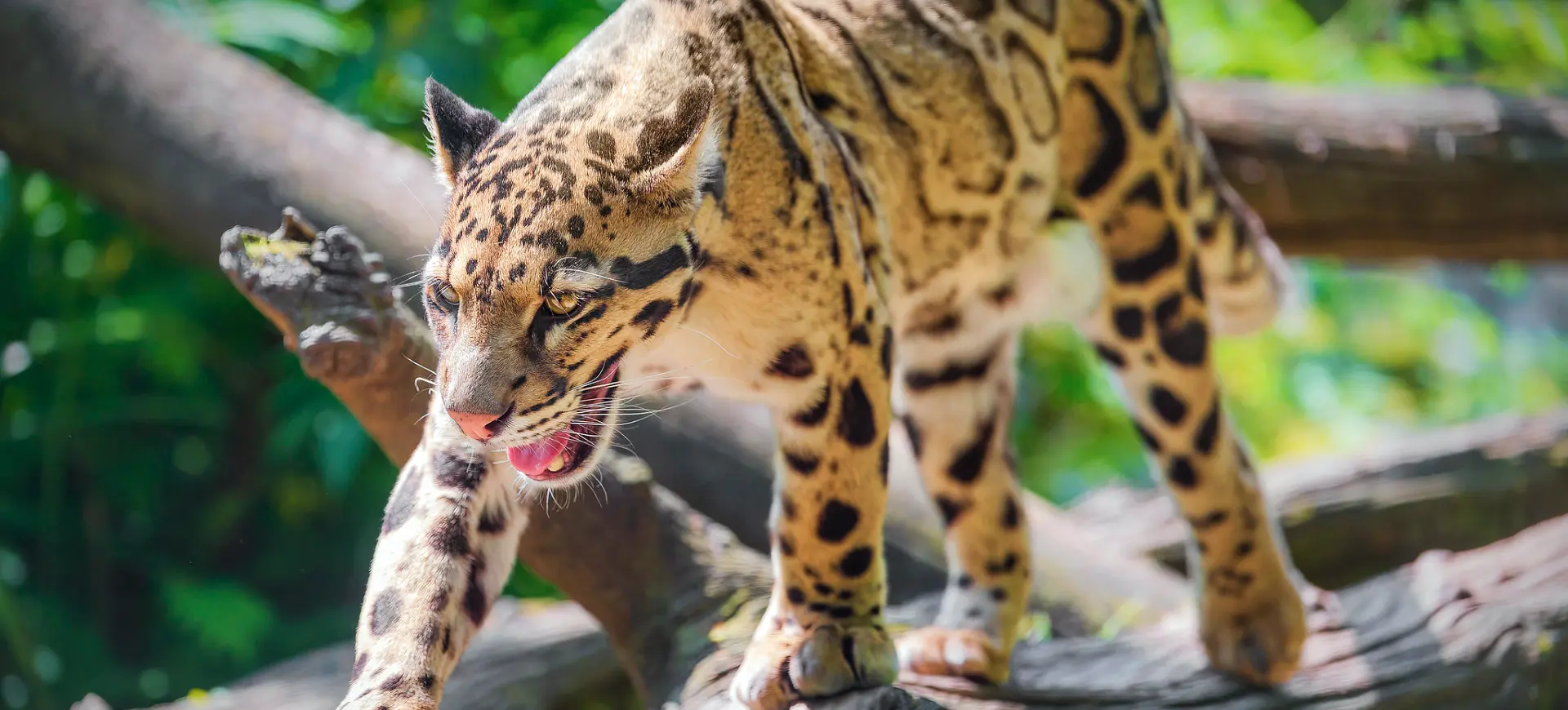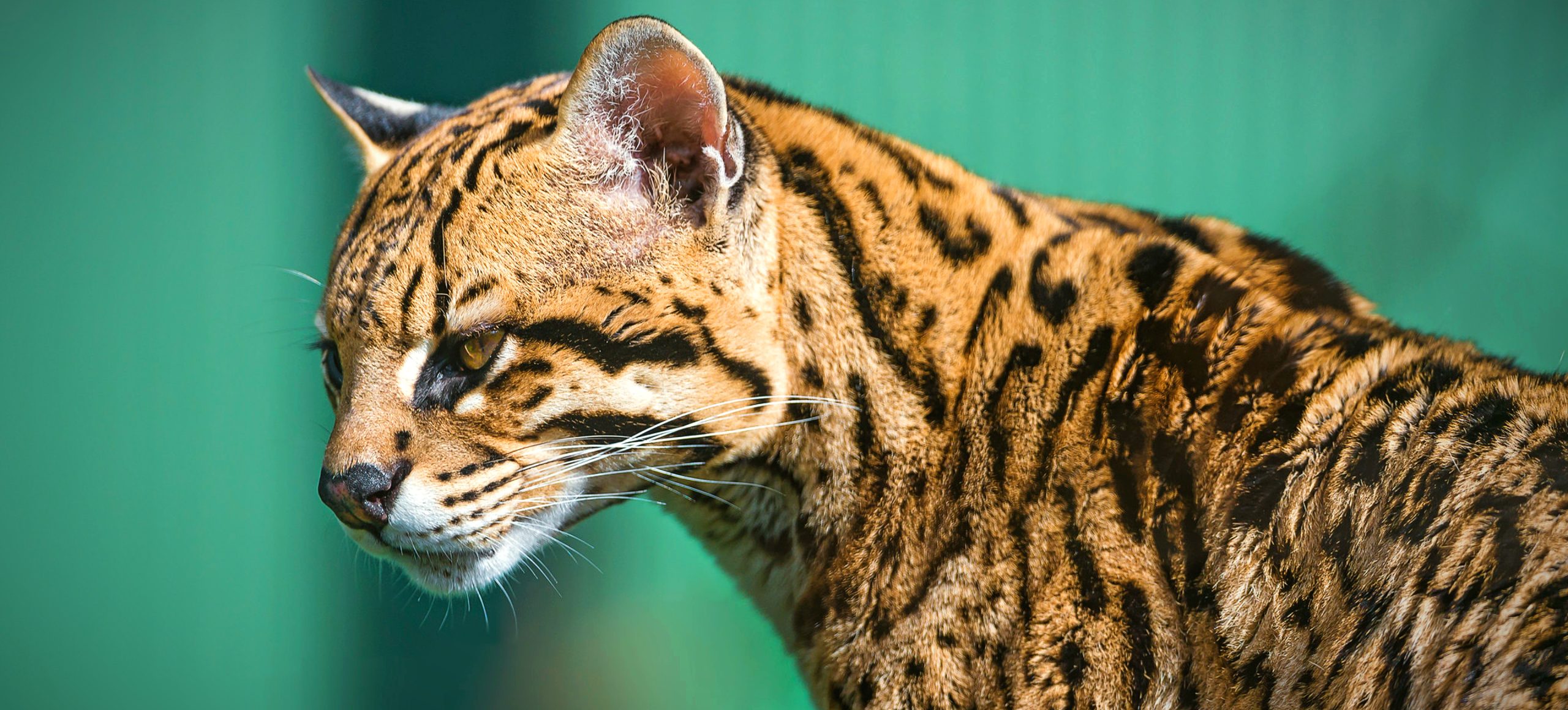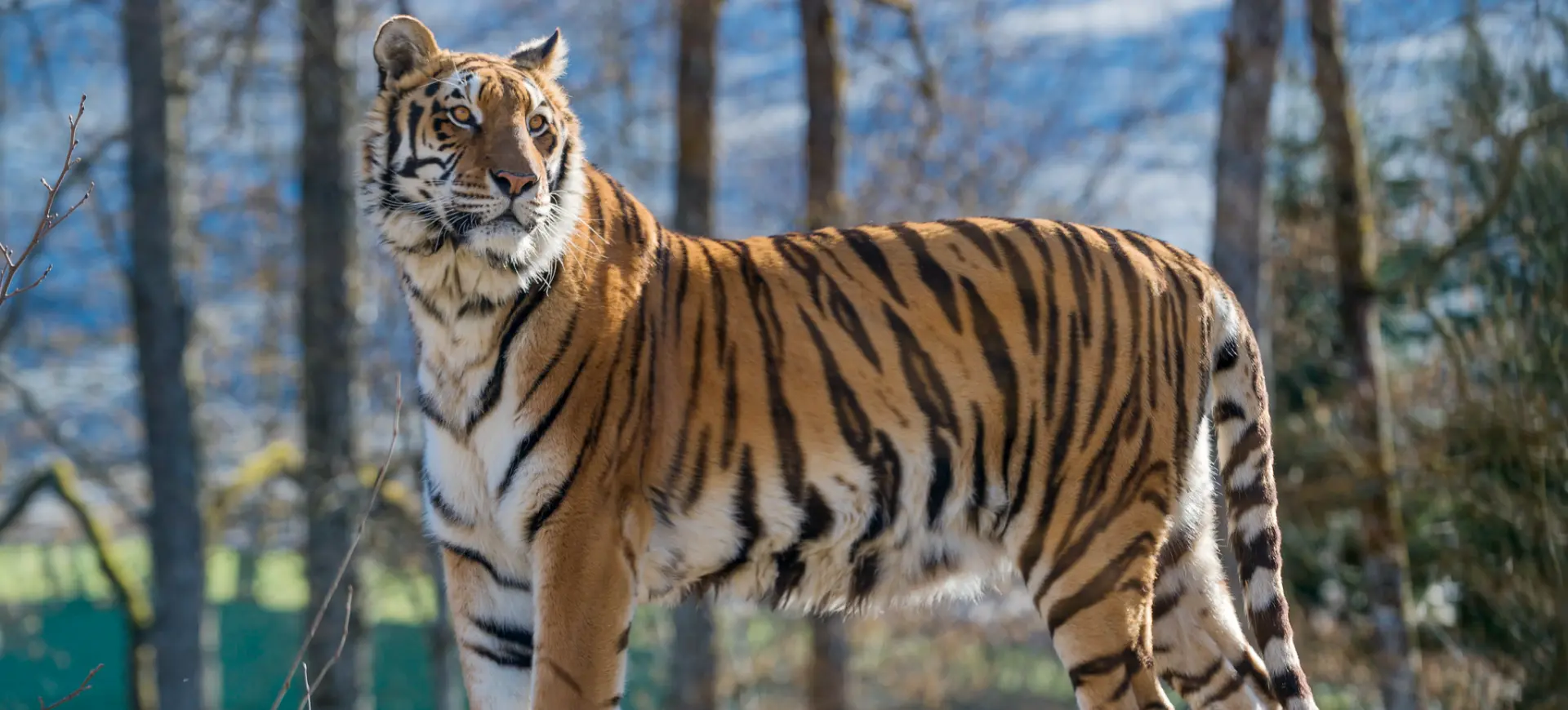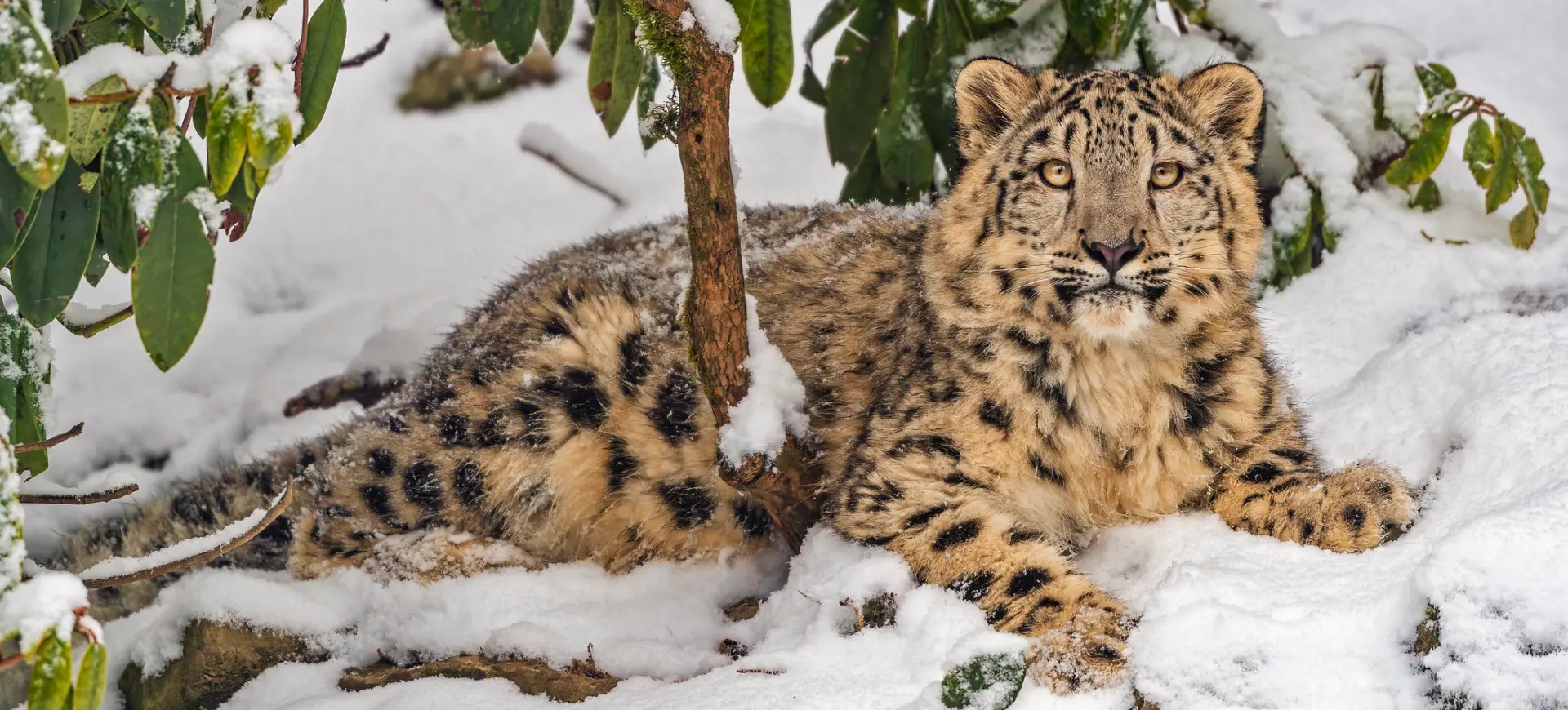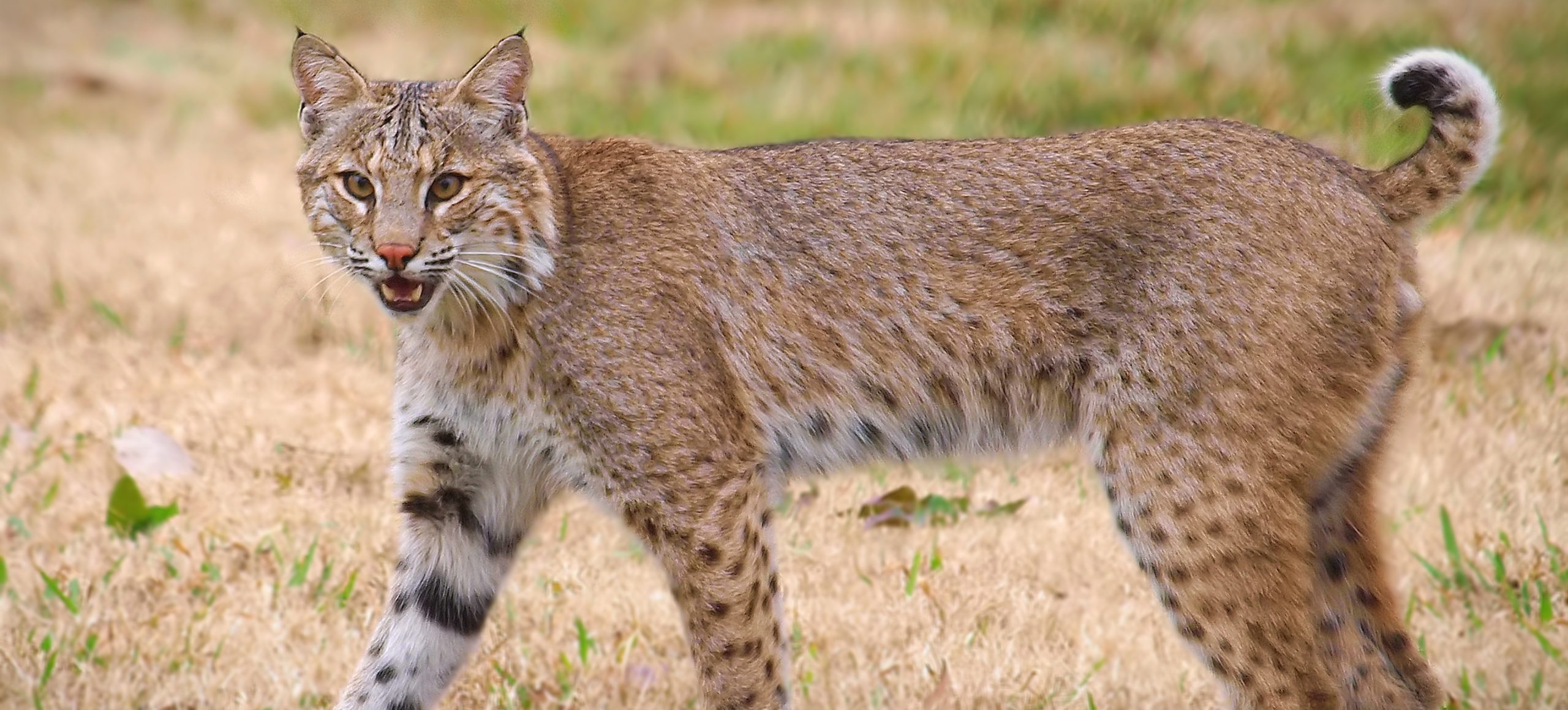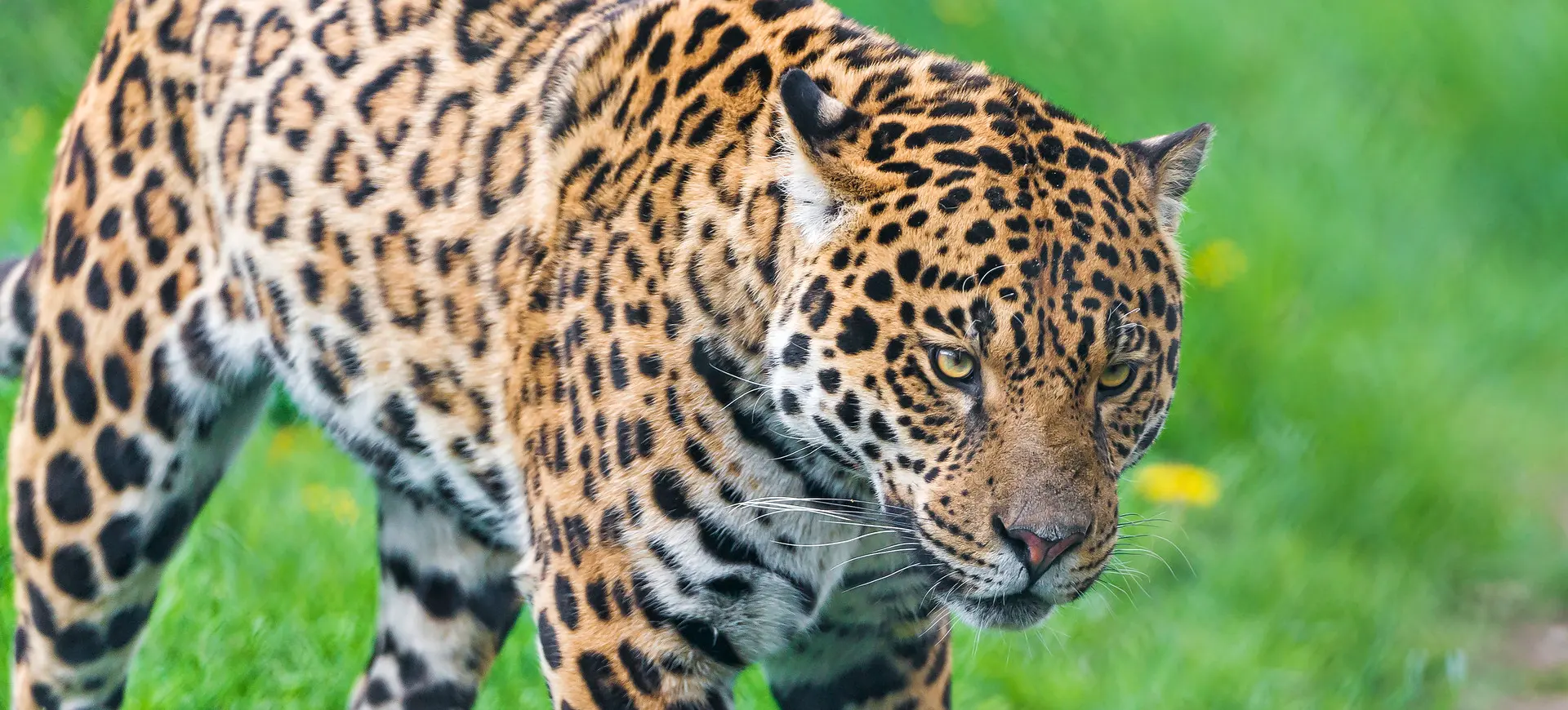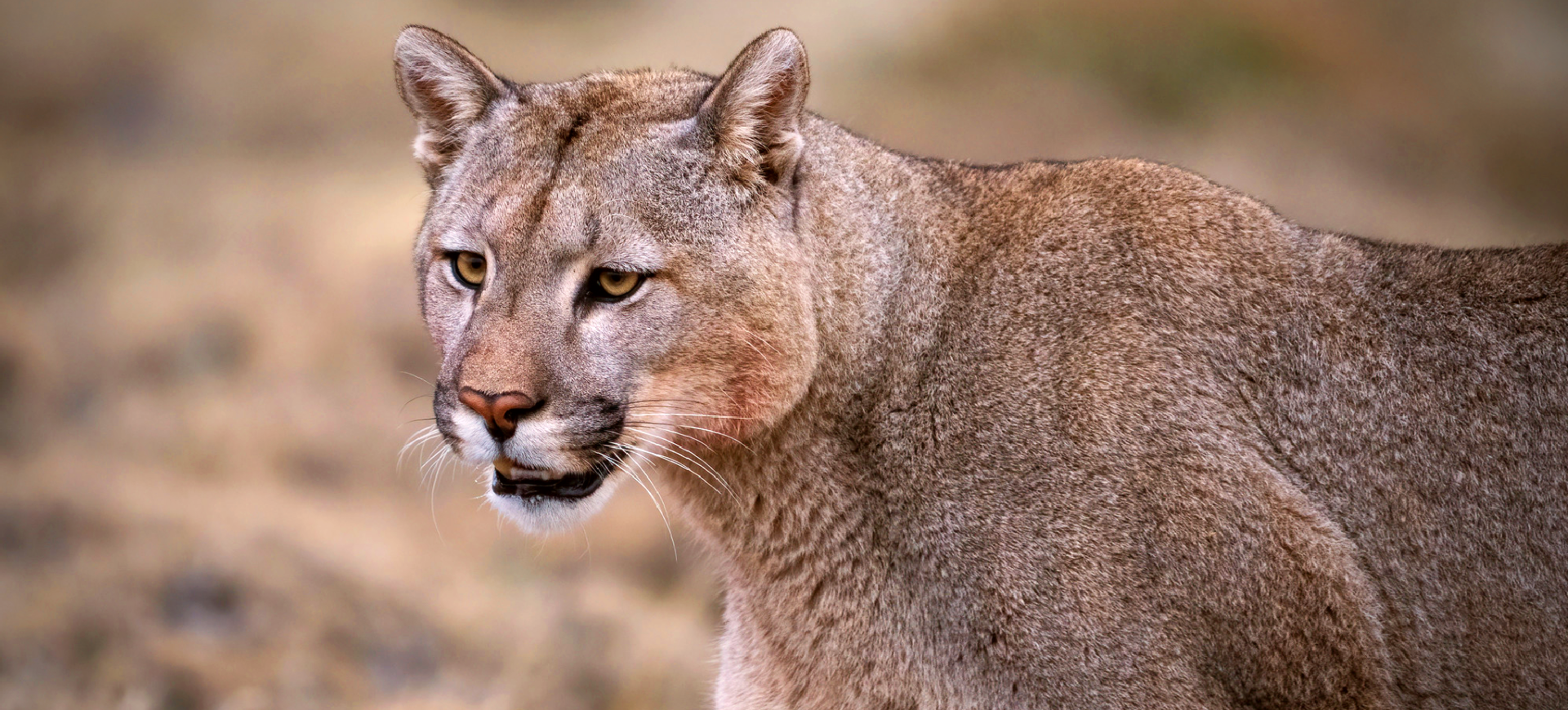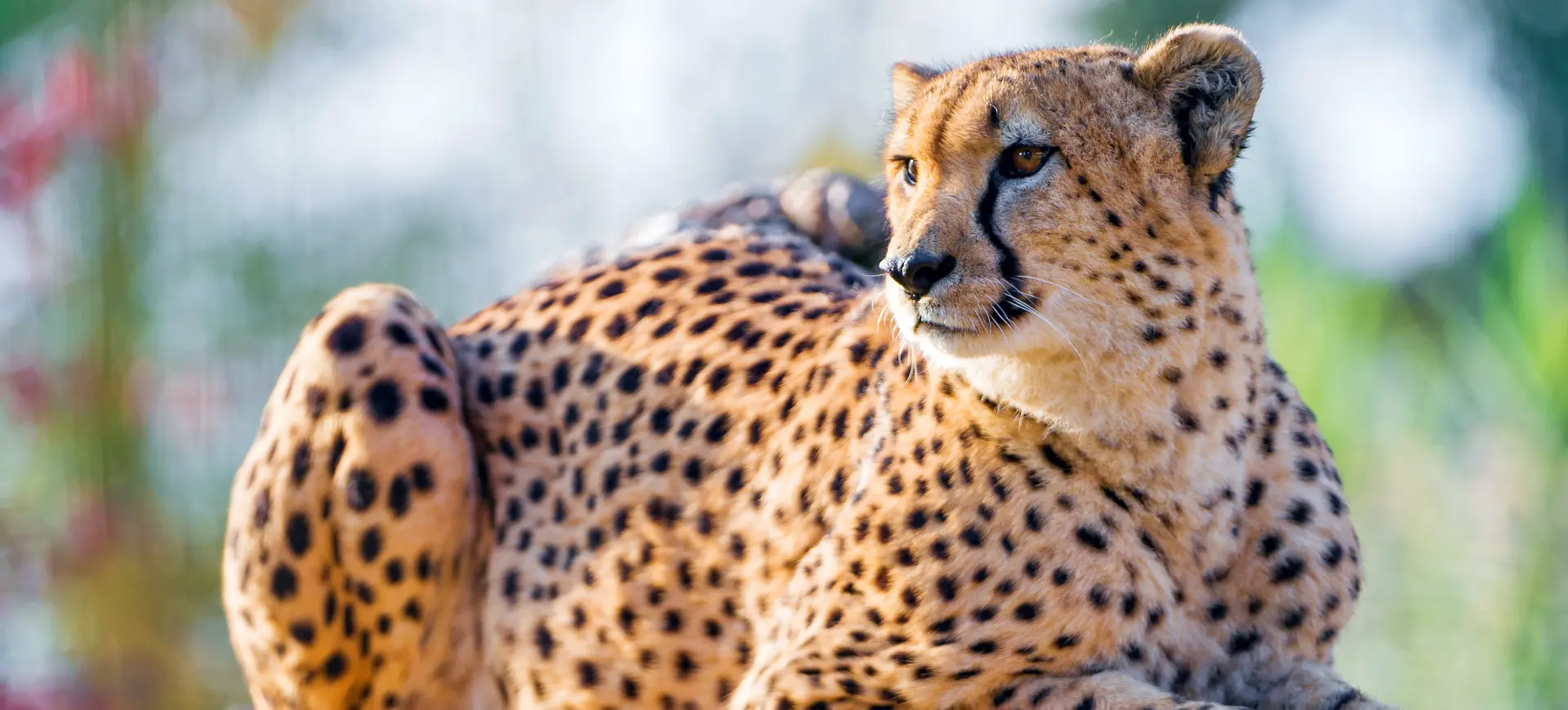Overview
The caracal (caracal) is a medium-sized wild cat native to Africa, the Middle East, and Central and South Asia. It is known for its distinctive long, black-tufted ears, which enhance its hearing and help it detect prey. Caracals are highly adaptable and inhabit various environments, including savannas, semi-deserts, woodlands, and scrublands. They are elusive, solitary, and primarily nocturnal, using their agility and stealth to hunt various prey.
Renowned for their remarkable leaping ability, caracals can jump up to 10 feet (3 meters) to catch birds in flight. They have powerful limbs, sharp claws, and keen eyesight, making them formidable hunters capable of taking down prey larger than themselves. Their diet consists mainly of small to medium-sized mammals, birds, and reptiles, but they are opportunistic feeders and will scavenge when necessary. Unlike some other wild cats, caracals do not rely heavily on water and can survive for long periods by obtaining moisture from their prey.
Caracals are territorial animals, marking their range with scent markings and scratch marks on trees. Males typically have larger territories that overlap with multiple female ranges, leading to occasional conflicts between rival males. Their elusive nature and ability to blend into their surroundings make them difficult to spot in the wild. While they are not currently endangered, habitat loss and human- wildlife conflict pose increasing threats to their populations in some regions.
Current distribution:
Caracals are widely distributed across Africa, the Middle East, and Central and South Asia. In Africa, they are found throughout the continent except for the densest rainforests and the harshest deserts. In Asia, their range extends into the Arabian Peninsula, Iran, Afghanistan, and parts of India, though populations are more fragmented. They are relatively abundant in protected areas and national parks, where human disturbance is minimized.
Their populations remain stable in many regions, but habitat destruction, hunting, and human- wildlife conflict have led to localized declines. In some countries, caracals are hunted for their fur or killed as pests when they prey on livestock. Their elusive nature makes it difficult to estimate precise population numbers, but they are generally considered less at risk than other wild cat species. Conservation efforts focus on habitat protection and conflict mitigation strategies to ensure long-term survival.
Physical Description:
Caracals have a sleek, muscular build with long legs, a short tail, and a compact but powerful frame. Their most distinctive feature is their long, black ear tufts, which can reach up to 2 inches (5 cm) in length and are thought to aid in communication and camouflage. Their coat is short and dense, ranging from reddish-brown to sandy tan, with a lighter, almost white underbelly. Unlike true lynxes, caracals lack the spotted or striped patterns often seen in other medium-sized wild cats.
Their eyes are large and almond-shaped, typically yellow or gold, providing excellent night vision for hunting in low-light conditions. Their strong hind legs allow them to leap high into the air, making them one of the best jumpers among wild cats. Their sharp, retractable claws and strong jaws enable them to take down a wide range of prey efficiently. Despite their medium size, they are extremely agile and capable of taking on prey larger than themselves, such as young antelope.

Lifespan: Wild: ~12 Years || Captivity: ~19 Years

Weight: Male: 29–42 lbs (13–19 kg) || Female: 18–35 lbs (8–16 kg)

Length: Male: 35–45 in (89–114 cm) || Female: 33–42 in (84–107 cm)

Height: Male: 16–20 in (40–50 cm) || Female: 15–18 in (38–46 cm)

Top Speed: 50 mph (80 km/h)
Characteristic:
Native Habitat:
Caracals thrive in various habitats, including dry savannas, semi-deserts, woodlands, and scrublands. They are highly adaptable and can live in arid and moderately humid environments, though they generally avoid dense tropical forests. Their preference for open or semi-open landscapes allows them to use their agility and speed effectively while hunting. In rocky or mountainous regions, they use caves and crevices as shelter, offering protection from predators and extreme weather conditions.
Unlike some other wild cats, caracals are not dependent on permanent water sources and can survive in relatively dry environments. They are often found near human settlements, where they may prey on livestock, leading to conflict with farmers. Their ability to climb trees and leap great distances allows them to navigate diverse terrains easily. Despite their adaptability, habitat destruction due to human development continues to threaten their populations in some regions.
Biomes:
Biogeographical Realms:
Countries:
Diet:
Diet & Feeding Habits:
Caracals are obligate carnivores, meaning their diet consists entirely of animal prey. They primarily hunt small to medium-sized mammals such as hares, rodents, and small antelope but also consume birds, reptiles, and insects. Their powerful hind legs allow them to leap high into the air to snatch birds in mid-flight, a skill that makes them exceptional hunters. They prefer fresh kills but will scavenge opportunistically if food is scarce.
Hunting mostly at night, caracals rely on their keen hearing and stealth to locate and ambush prey. They use their sharp claws and strong bite to deliver a quick, fatal attack, often targeting the throat or neck of their prey. Unlike some wild cats, they do not require frequent access to water, as they obtain most of their hydration from their food. In captivity, their diet is supplemented with fresh meat, including poultry, rabbit, and organ meats, to replicate their natural nutritional intake.
Mating Behavior:
Mating Description:
Caracals have a polygynous mating system, with dominant males mating with multiple females in their territory. Breeding occurs throughout the year, but peak mating seasons vary depending on the region. After mating, the female raises the offspring alone, selecting a hidden den in rocky crevices, thick vegetation, or abandoned burrows. A typical litter consists of 1–4 kittens, born blind and helpless, relying on their mother for warmth and protection.
The kittens open their eyes after about 10 days and begin exploring outside the den at around one month old. They are weaned at about three to four months but remain with their mother for up to a year to learn essential hunting skills. Once independent, young caracals disperse to establish their territories, sometimes traveling long distances. Sexual maturity is reached at around one year of age for females and slightly later for males.
Reproduction Season:
Birth Type:
Pregnancy Duration:
Female Name:
Male Name:
Baby Name:
Social Structure Description:
Caracals are solitary and territorial animals. Individuals maintain exclusive home ranges that vary in size depending on habitat quality and prey availability. Males have larger territories that often overlap with multiple female ranges, while females tend to have smaller, more defined home ranges. They mark their territories using scent markings, scratch marks on trees, and urine spraying to communicate boundaries and deter rivals. Encounters between adult caracals are rare outside of the mating season, and aggressive interactions may occur if territory disputes arise.
Mothers play the primary role in raising offspring, as males do not participate in parental care. After giving birth in a secluded den, the female raises her kittens alone, protecting and feeding them until they become independent. Juveniles stay with their mother for up to a year, learning essential hunting and survival skills before dispersing to establish their territories. Although caracals are mostly solitary, siblings from the same litter may remain together briefly after leaving their mother before becoming fully independent.
Groups:
Conservation Status:
Population Trend:
The caracal population is generally stable across much of its range, but localized declines have been reported due to habitat loss and human- wildlife conflict. They are relatively abundant in many African countries, particularly in protected areas and national parks where prey is plentiful. In some parts of the Middle East and Central Asia, their populations are more fragmented and at greater risk due to increasing human encroachment and declining prey availability. Despite their adaptability, they face threats from habitat degradation, retaliatory killings by farmers, and poaching for their fur and body parts.
Caracals are elusive and solitary, making obtaining accurate population estimates in the wild difficult. They have been recorded at varying densities, with higher numbers in prey-rich environments and lower densities in arid or heavily disturbed areas. Their ability to survive in semi-arid landscapes and agricultural regions has helped sustain their numbers in some areas, even outside formally protected zones. However, ongoing conservation monitoring is essential to ensure that local population declines do not lead to long-term threats for the species.
Population Threats:
Habitat loss due to agricultural expansion, urbanization, and deforestation is one of the primary threats to caracal populations. As human settlements and farmland expand, caracals lose their natural hunting grounds and are often forced closer to people, increasing the likelihood of conflict. In some regions, road development and infrastructure projects fragment their habitat, making it more difficult for individuals to establish territories and find mates. Overgrazing by livestock also reduces the availability of prey species, forcing caracals to hunt domesticated animals.
Human- wildlife conflict is another significant threat, as farmers and ranchers sometimes kill caracals for preying on poultry, goats, and sheep. In certain areas, they are targeted by predator control programs or poisoned for livestock protection. Additionally, they are occasionally hunted for their fur or body parts, particularly in regions where traditional medicine or the exotic pet trade is prevalent. Climate change may also pose future risks by altering prey availability and affecting their arid habitats, further pressuring their survival in some of their range.
Conservation Efforts:
Caracal conservation efforts focus primarily on habitat protection, human- wildlife conflict mitigation, and research to better understand population trends. Many caracal populations are protected within national parks and wildlife reserves, such as Kruger National Park in South Africa and Namib-Naukluft National Park in Namibia, where they are safeguarded from habitat destruction and hunting. In some regions, organizations work to educate farmers on non-lethal livestock protection methods, such as using guard animals and secure enclosures, to reduce retaliatory killings. Conservationists also promote sustainable land-use practices to prevent habitat fragmentation and maintain healthy prey populations.
Research and monitoring programs help assess caracal populations, particularly in less studied regions such as the Middle East and Central Asia. Camera traps, GPS tracking, and genetic studies provide valuable data on their movement patterns, diet, and habitat use. Wildlife protection laws exist in many countries to regulate hunting and trade, though enforcement varies by region. Continued conservation efforts, including community engagement and habitat restoration, are crucial to ensuring the long-term survival of caracals, especially in areas where human expansion threatens their natural range.
Additional Resources:
Fun Facts
- Caracals can leap up to 10 feet (3 meters) straight into the air to catch birds in flight.
- Their name comes from the Turkish word karakulak, meaning “black ear,” referring to their distinctive ear tufts.
- Despite being called a “lynx” in some regions, caracals are not closely related to true lynxes.
- They can take down prey up to three times their size, including small antelope.
- Caracals are mostly silent but communicate using bird-like chirps, growls, and hisses.
- They can survive long periods without drinking water, obtaining most of their moisture from their prey.
- Ancient Egyptians depicted caracals in their artwork and may have even kept them as pets.
- Their powerful hind legs allow them to sprint up to 50 mph (80 km/h).
- Caracals have been used in Iran and India for centuries in hunting sports to catch small game.
- Caracals have been observed climbing trees to stalk birds or escape predators like many other wild cats.


